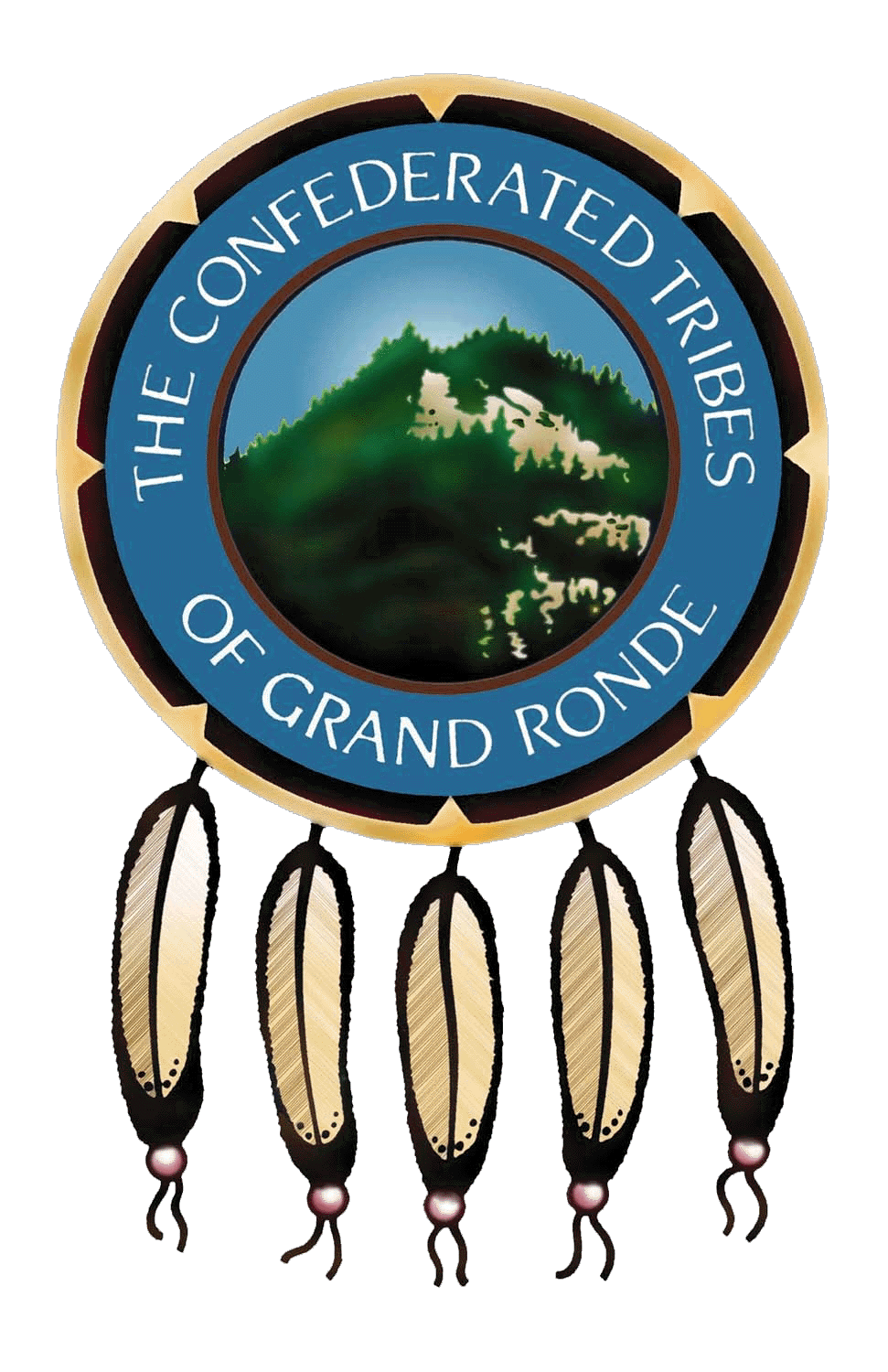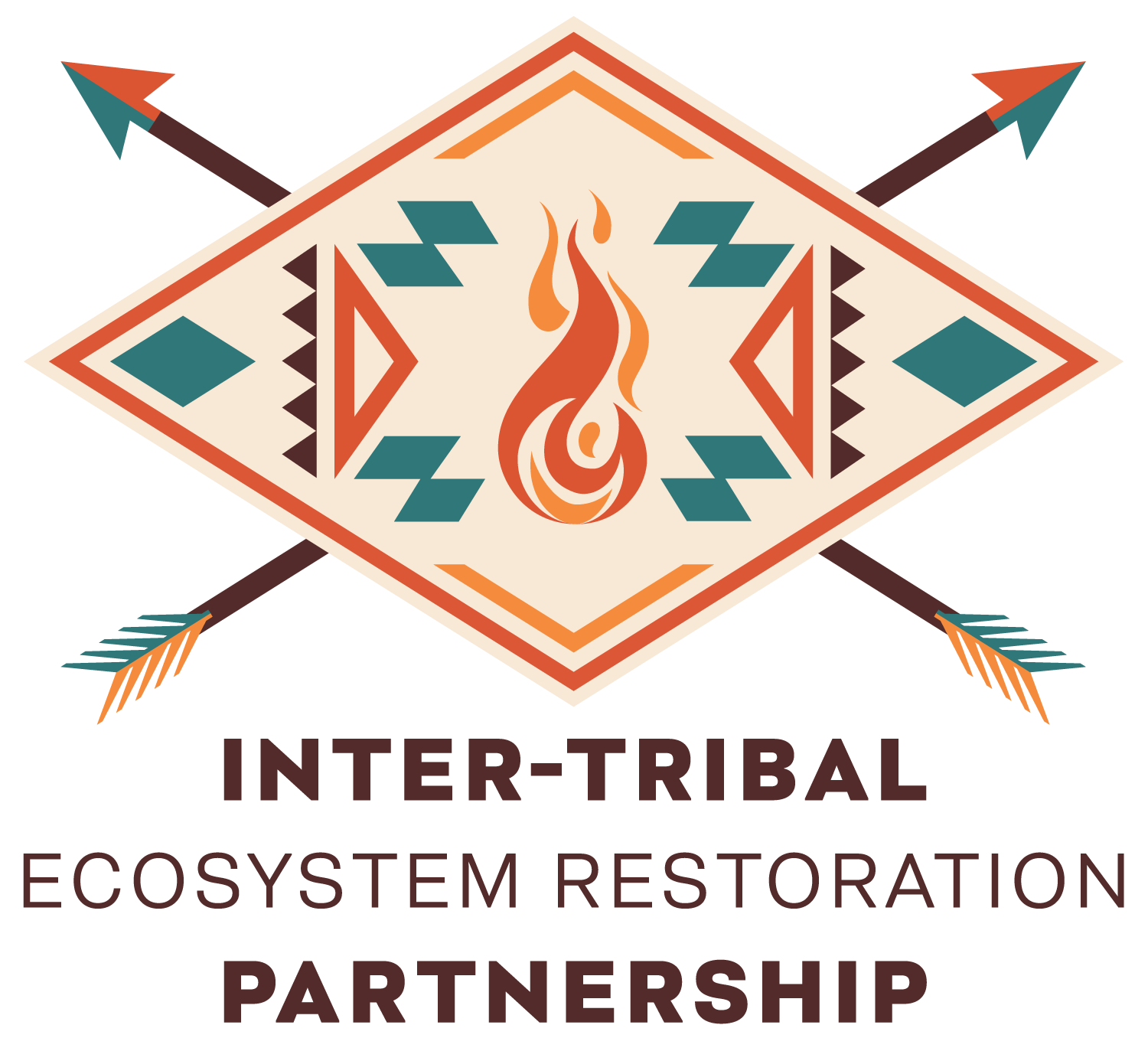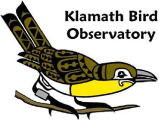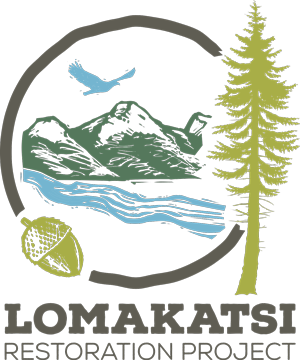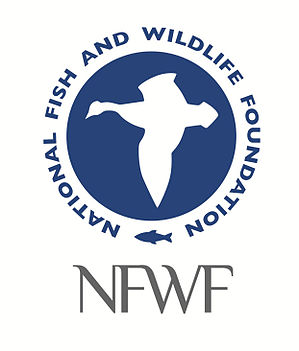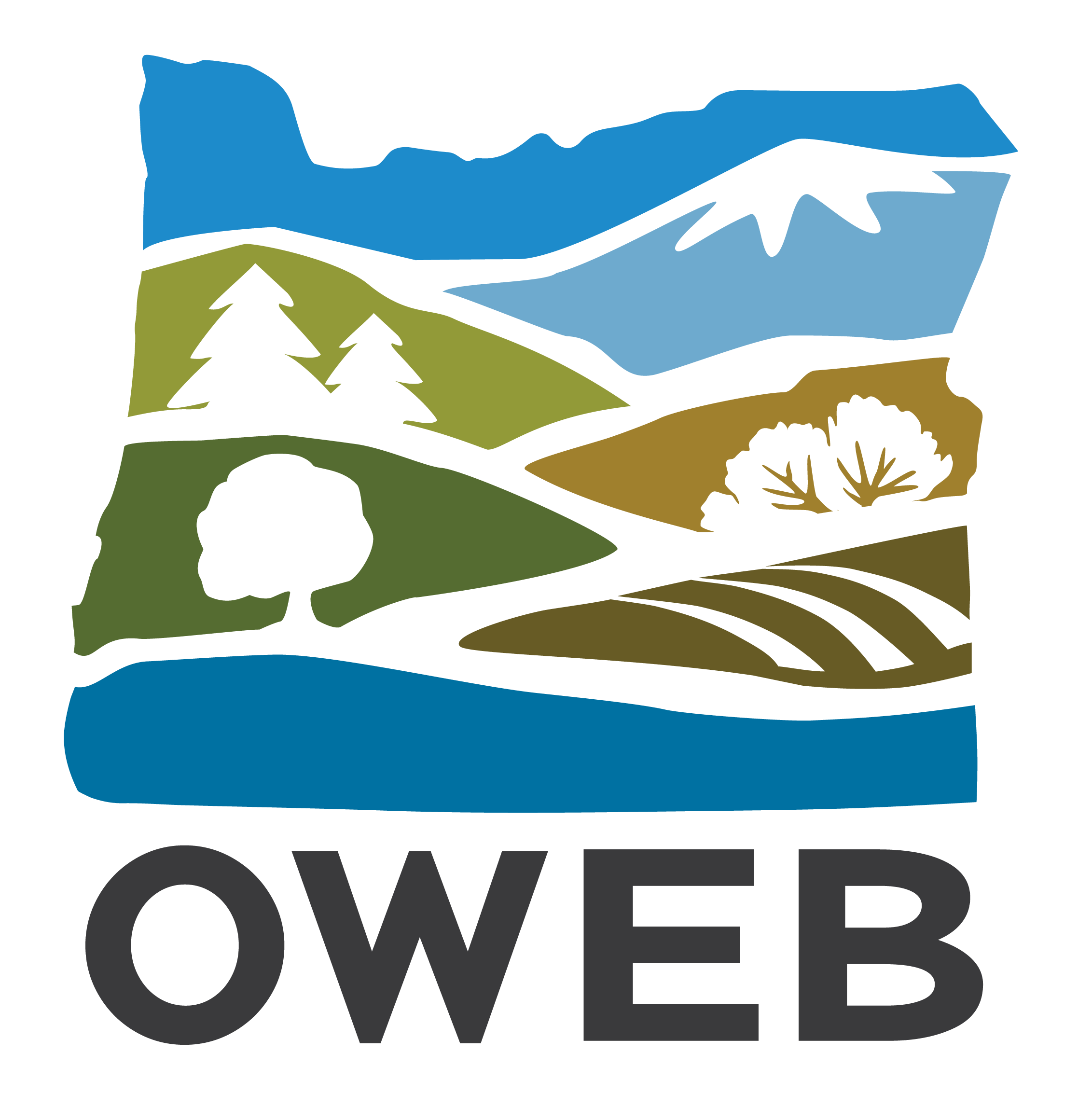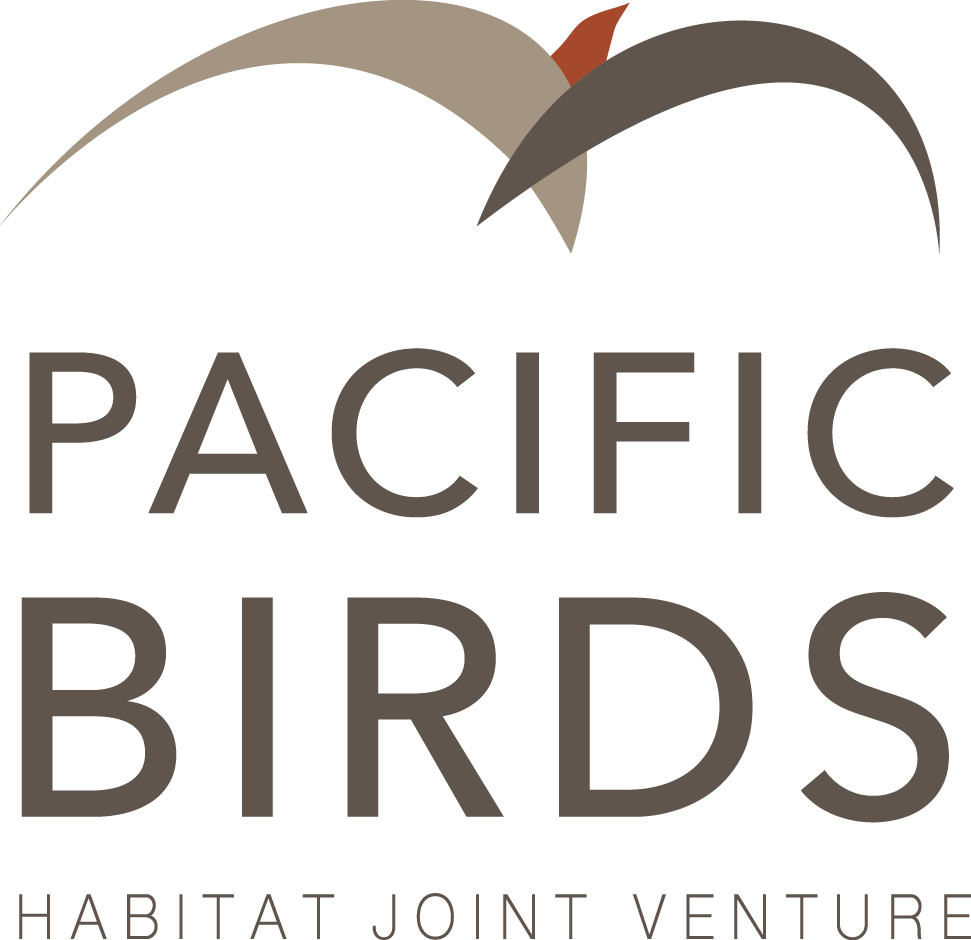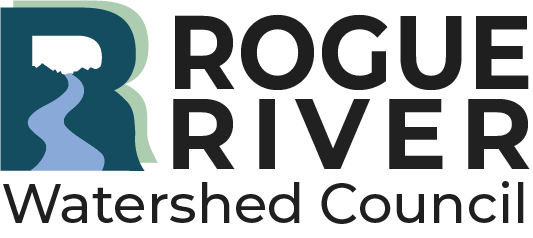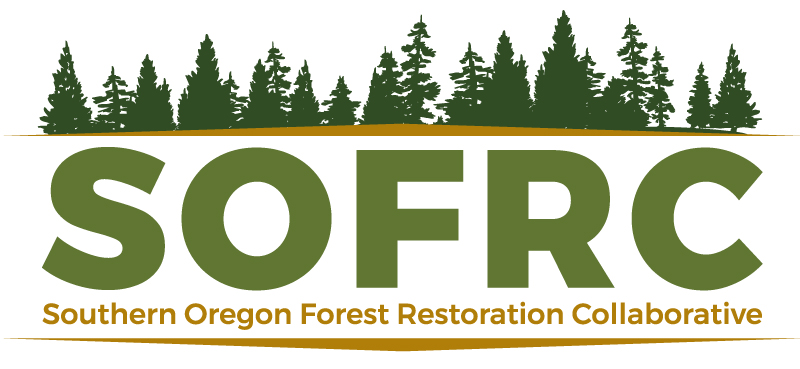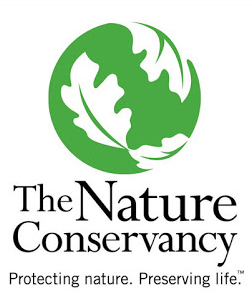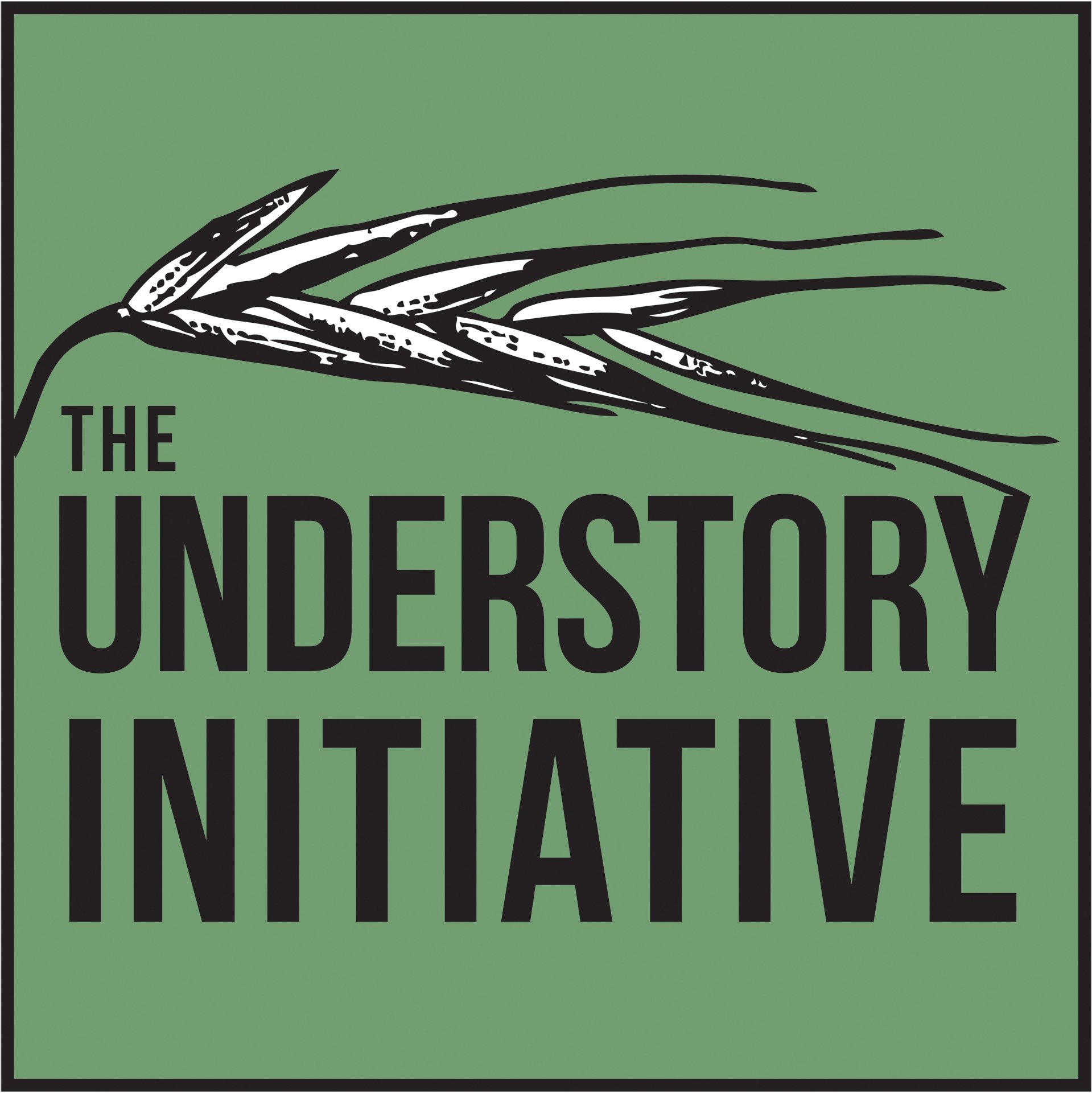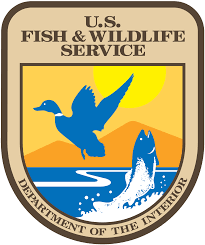Oak Alliance Home » Partnerships » Klamath Siskiyou Oak Network » Partners
Partners
If you are a KSON partner and your information is not listed, don't hesitate to contact us with the language and your logo to add.
UROI partners. Photo credit: Jaime Stephens
Confederated Tribes of Grand Ronde Community of Oregon
Confederated Tribes of Grand Ronde Community of Oregon is a federally recognized Tribe that includes over 30 Tribes and bands from western Oregon, northern California, and southwest Washington. These include tribal bands from the Kalapuya, Molalla, Chasta, Umpqua, Rogue River, Chinook, and Tillamook. The Tribe is active throughout its ancestral homelands but is located in western Oregon where it has an 11,500-acre reservation in Yamhill County. With approximately 5,400 enrolled tribal members, the Tribe is governed by a nine-member Tribal Council that is elected by the Tribe’s voting membership.
Inter-Tribal Ecosystem Restoration Partnership
The Inter-Tribal Ecosystem Restoration Partnership is composed of initiative- and project-based Steering Committees and Partners representing regional tribes, tribal community leaders, Native
American-owned forestry, wildland fire and natural resource contracting businesses, and tribal-led nonprofit restoration and behavioral health organizations and programs throughout Oregon and northern California. The goal of ITERP is to restore aquatic and terrestrial habitats, work collaboratively to plan and conduct landscape-scale ecological restoration, and repair impacts to ecocultural systems that indigenous communities depend on for subsistence and survival.
Klamath Bird Observatory (KBO)
Klamath Bird Observatory is a scientific non-profit organization that achieves bird conservation in the Pacific Northwest and throughout the migratory ranges of the birds of that region. KBO has developed an award-winning conservation model in the Klamath-Siskiyou Bioregion and applies this model broadly. KBO emphasizes high-caliber science and the role of birds as indicators of the health of the land and uses that approach to specialize in cost-effective bird monitoring and research projects that help to improve natural resource management. KBO recognizes that conservation occurs across many fronts and also nurtures a conservation ethic in surrounding communities through outreach and educational programs. KBO brings a birds-eye indicator species view to KSON, integrating a value added approach to landscape restoration needs through Partners in Flight’s continental and regional bird conservation priorities Alexander et al. 2020) and science-based tools that serve as a catalyst for improved strategic habitat conservation and adaptive management.
Lomakatsi Restoration Project (LRP)
Lomakatsi Restoration Project is a non-profit grassroots organization that develops and implements forest and watershed restoration projects in Oregon and northern California. Since 1995, LRP has established a proven record of success in implementing restoration projects across thousands of acres of forests and miles of streams. In cooperation with a broad range of partners including federal and state land management agencies, non-governmental organizations, private landowners, watershed councils, city and county governments, and Native American tribes, LRP’s work on nationally recognized projects has been precedent-setting. LRP provides expertise and capacity in project development, planning, management, fine-scale ecological treatment design, monitoring, and implementation for ecosystem restoration projects, and integrates restoration practice with science delivery, education, and workforce training. LRP coordinates closely with multiple funding partners and manages a diverse workforce in complex social settings supported by critical community outreach.
National Fish and Wildlife Foundation
The National Fish and Wildlife Foundation (NFWF) is dedicated to sustaining, restoring, and enhancing the nation’s fish, wildlife, plants, and habitats for current and future generations. The Foundation works with public and private partners in all 50 states and U.S. territories to solve the most challenging conservation problems.
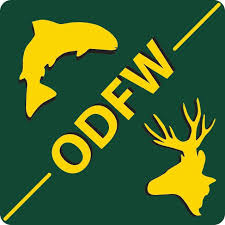
Oregon Department of Fish and Wildlife (ODFW)
The Oregon Department of Fish and Wildlife’s mission is to protect and enhance Oregon’s fish and wildlife and their habitats for use and enjoyment by present and future generations. We work through a regional management structure to manage fish, wildlife, and their habitats at the local, watershed level. Our headquarters are in Salem with local field offices divided into the West and East regions with four to six watershed districts in each region. Oregon’s blueprint for conserving at-risk species and habitats is the Oregon Conservation Strategy which identifies grasslands, oak savannahs, and oak woodlands as key habitats that need dedicated conservation focus. ODFW’s participation in the Klamath Siskiyou Oak Network is intended to help meet the department’s broad mission and specifically achieve conservation goals for oak habitat and their associated species in the Klamath Ecoregion.
Oregon Watershed Enhancement Board
Oregon Watershed Enhancement Board (OWEB) is a state agency in Oregon, United States. It provides grants to restore watershed health and improve local streams, rivers, wetlands, and natural areas. The board includes commissioners of Oregon's Natural Resources Board and members of the public.
Pacific Birds Habitat Joint Venture
Pacific Birds is part of the Migratory Bird Joint Venture network that works in the U.S., Canada, and Mexico for the benefit of birds, communities, and people. The mission of Pacific Birds is to create the ideal environment for bird habitat conservation. To achieve our mission, we help partners identify, prioritize, and implement shared conservation actions that benefit birds and the habitats they need. Pacific Birds oak and prairie priority spans Washington, Oregon, and northern California with an emphasis on cultivation and support of partnerships at multiple scales, advancing conservation-friendly policies, increasing private land conservation incentives, and increasing funding and capacity for the protection and restoration of oak and prairie across the Pacific Northwest.
Rogue River Watershed Council (RRWC)
Rogue River Watershed Council (RRWC) is a nonprofit organization whose mission is to enhance resilience in Rogue River watersheds through ecological restoration and engagement with community partners. We know that long-term watershed health is dependent on collaborative and practical science-based solutions that benefit aquatic ecosystems and the people who use watershed resources. Our work improves water quality, enhances ecological communities and wildlife populations, and ultimately benefits humans.
Southern Oregon Forest Restoration Collaborative (SOFRC)
SOFRC is a non-profit grassroots organization that collaborates in the planning and implementation of forest health and wildfire risk projects. SOFRC coordinates the Rogue Forest Partners, a 10-member organization of four NGOs, four federal agencies, and two state organizations established to implement large, landscape-level restoration projects. SOFRC’s vision includes resilient landscapes, thriving communities, and supporting education and workforce development that contributes to actively managing the forests of Southwest Oregon. Our work centers on the implementation of the Rogue Forest Cohesive Forest Restoration Strategy (RBS). We provide expertise in the coordination, planning, and engagement of large landscape projects that include multiple funding partners.
The Nature Conservancy (TNC)
The Nature Conservancy (TNC) is a global environmental nonprofit working to conserve the lands and waters on which all life depends. In Oregon, TNC works across the state to ensure that our most critical lands and waters are connected, protected, and managed to sustain people and nature in the face of climate change. Since 1961, TNC has protected 530,000 acres of biodiverse habitat in Oregon. We collaborate with Indigenous communities, businesses, government, and other nonprofits to help build a world where the diversity of life thrives, and people act to conserve nature for its own sake and its ability to fulfill our needs and enrich our lives.
The Understory Initiative’s (TUI’s)
The Understory Initiative’s (TUI’s) mission is to facilitate the restoration and conservation of native species habitat through partnership and community engagement. They specialize in understory plant community habitat research, restoration, native seed production, and the development and coordination of multi-partner projects in support of ecological restoration.

U.S. Department of Agriculture – Natural Resources Conservation Service (NRCS)
The Natural Resources Conservation Service, an agency of the U.S. Department of Agriculture, works hand-in-hand with people and organizations, conservation districts, and other agencies to conserve natural resources primarily on private lands. The mission of NRCS is to provide leadership in a partnership effort to help people conserve, improve, and sustain our natural resources and environment. NRCS has a number of Financial Assistance programs designed to provide technical assistance, coordination and funding for conservation projects.
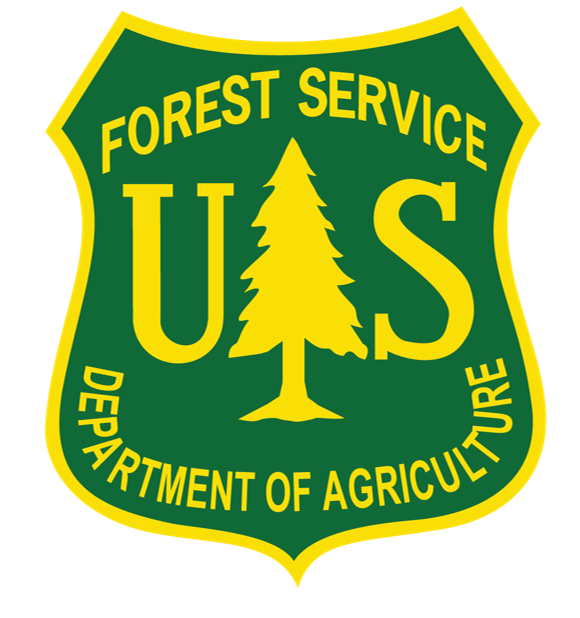
U.S. Department of Agriculture – U.S. Forest Service (USFS)
The mission of the US Forest Service is to sustain the health, diversity, and productivity of the Nation’s forests and grasslands (those lands under USFS management jurisdiction) to meet the needs of present and future generations. Within the boundaries of the KSON is the entire Rogue River-Siskiyou National Forest and portions of the Fremont-Winema, Klamath, Shasta-Trinity, and Six Rivers National Forests. Leadership of these forests understands the ecological and cultural value of oak habitats and are working to restore and enhance these valuable resources.
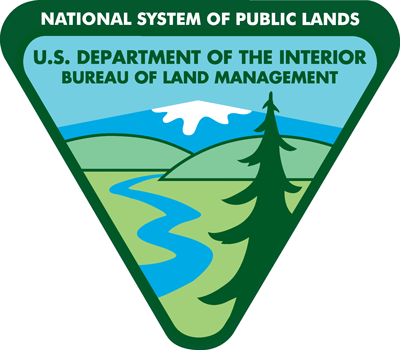
U.S. Department of Interior – Bureau of Land Management (BLM)
The Bureau of Land Management’s mission is to sustain the health, diversity, and productivity of BLM-administered lands for the use and enjoyment of present and future generations. BLM administers more public land – over 245 million surface acres – than any other Federal agency in the United States and most of this land is located in the 12 Western states, including Alaska. The 2016 Bureau of Land Management (BLM) Southwest Oregon ROD/RMP, covering BLM Medford District and portions of Lakeview District includes objectives to support the persistence and resilience of oak species, oak woodlands, and mixed hardwood/conifer plant communities. The KSON geography includes Medford District and portions of Coos Bay District, Lakeview District, and Redding District
U.S. Department of Interior – United States Fish and Wildlife Service (USFWS)
The US Fish and Wildlife Service works with others to conserve, protect, and enhance fish, wildlife, and plants and their habitats for the continuing benefit of the American people. This statement acknowledges that working cooperatively with partner organizations, private landowners, and local communities is the best way to approach long-term conservation of native ecosystems.
The USFWS has a number of programs, including the Partners for Fish and Wildlife program, that are designed to provide technical assistance, coordination, and cost-share funding for conservation projects.
Oregon Wildlife Foundation
The Oregon Wildlife Foundation empowers the lasting conservation of fish and wildlife, as well as the enjoyment of Oregon’s natural resources.
Our vision is an Oregon where citizens and visitors alike experience a remarkable diversity of fish and wildlife in healthy natural habitats.
